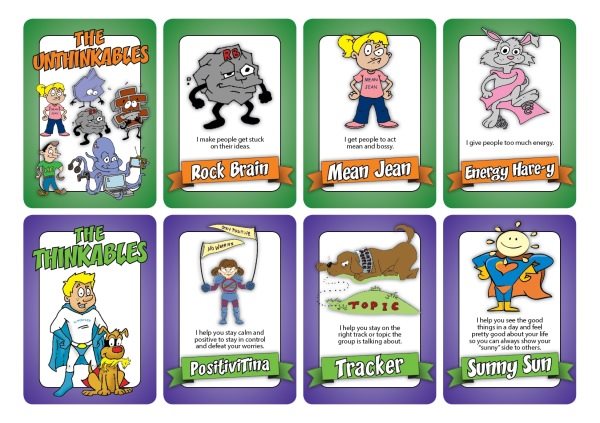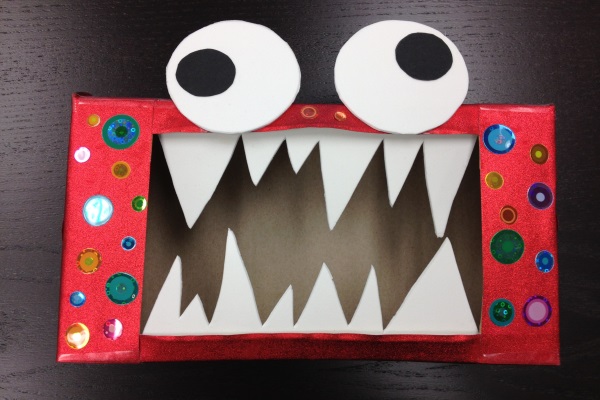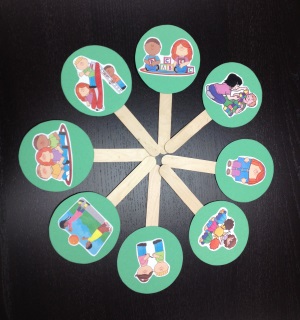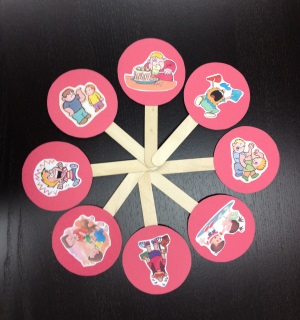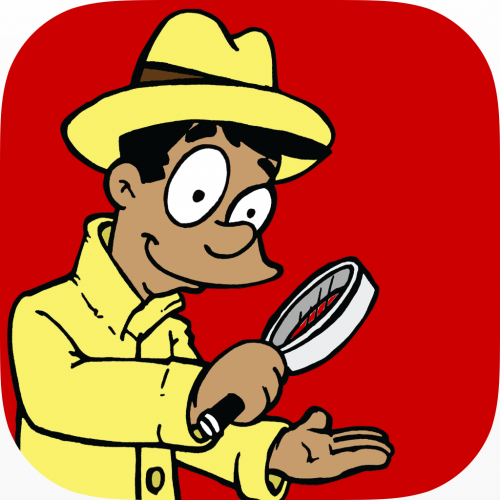 Every one of us is a Social Detective! We are good social detectives when we use our eyes, ears, and brains to figure out what others are planning to do next or are presently doing and what they mean by their words and actions.
Every one of us is a Social Detective! We are good social detectives when we use our eyes, ears, and brains to figure out what others are planning to do next or are presently doing and what they mean by their words and actions.
This entertaining and engaging app offers repeated practice to develop social detective skills. This interactive app teaches children ages 7-12 to become better social thinkers by putting on their detective hats and deciphering both expected and unexpected social behavior. Users will rely on their eyes, ears and brains to make smart social guesses and investigate clues to see how others’ emotions and responses are connected to their own behavior.
You are a Social Detective! App is the first level of the Social Detective CD. (This is a blessing to all of you, who are like me and haven’t owned a laptop with a CD drive for over 2 years!). I was told this app was in development back in January, when I attended a Social Thinking Conference in Long Beach. I’ve since been waiting for it to be released. It certainly did not disappoint.
The app’s creators put together a short video to explain the app, you can watch it HERE.
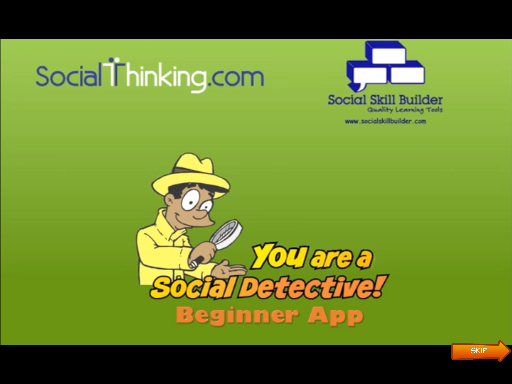
The app itself is easy to use. Moving through the different steps is also intuitive. The first step involves choosing an avatar. The child can choose from the different options available by assigning his/her name.
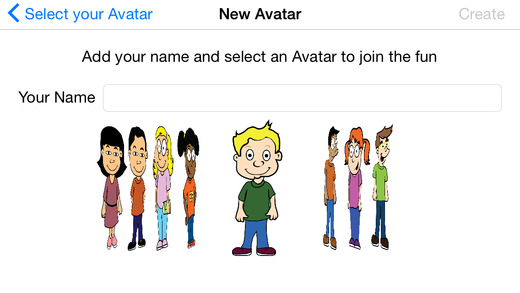
The app also allows the students to review their “Social Smarts.” I like to use the Social Detective Comic Book as a review before using the app. However, the quick review is handy before the students start practicing their skills on the app. (You have the option to “skip” the review if you are using the app with the same student over multiple sessions).
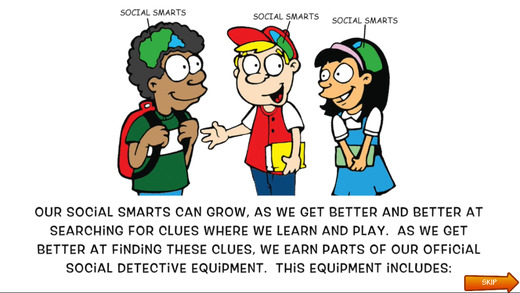
For each of the three levels in the app, there is a pretest. Students must get 100% on the pretest before they can move on to the ‘test’ portion for each level.
Essentially, the goal of the app is for each player/student to become a social detective by earning:
1) A Detective Coat: To earn the detective coat, the student must be able to tell which behaviors are expected and which ones are unexpected. The app includes 3 still images (pretest) and 16 short videos. For each video the student must identify if the behavior was “expected” or “unexpected.”
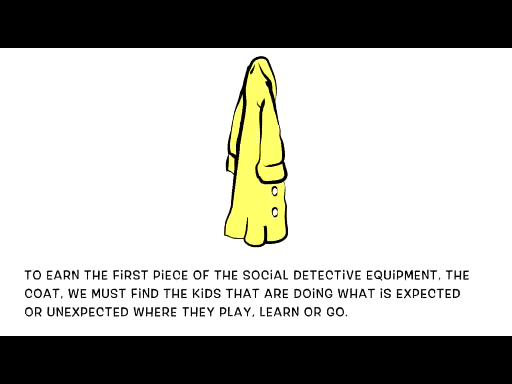
2) A Detective Hat: To earn the hat, they must show they know and understand the difference between good thoughts and uncomfortable thoughts. Students must identify verbal and nonverbal clues from the videos to show if someone was having good thoughts or uncomfortable thoughts. The app includes 3 still images (pretest), and 12 short videos. For each video the student must identify if the individual is having “good,” or “uncomfortable” thoughts.
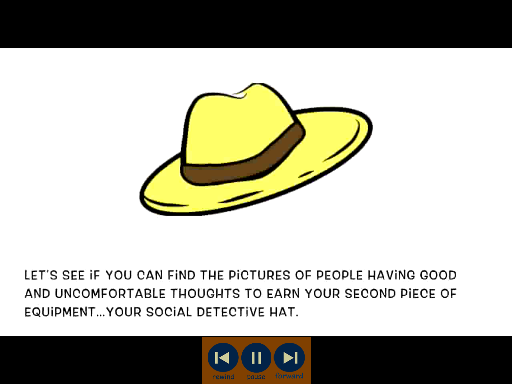
3) A Magnifying Glass: The students earn their magnifying glass to complete their Social Detective ensemble by using all of their skills to make smart guesses. The students are required to use their social skill “tools” (eyes, ears, brains) to predict what they think will probably happen next. The app includes 3 still images (pretest) and 24 short videos. This section is challenging because there are two answers per question and does require thought and reasoning.
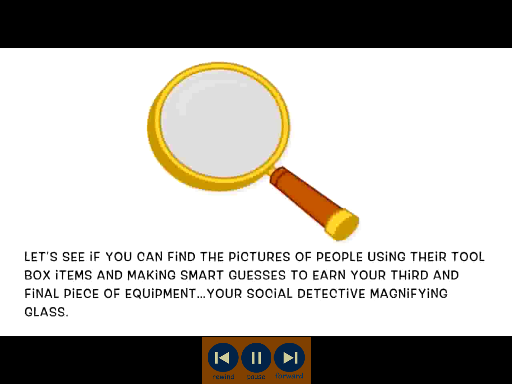
Elementary school-aged (K-5) students, and immature older middle and high school students who enjoy playing on the iPad, may benefit from this app. However, this isn’t just an app for students who have challenges relating to autism spectrum disorders. The lessons also offer a variety of engaging ways to introduce the concepts of social thinking to general education students who may have difficulties with social nuances, emotional disabilities, and younger students with challenges in higher order reasoning. This app also keeps data for the past 5 sessions per student per level.
Overall, I thought the videos used in the app were appropriate for a wide range of ages. Videos included scenes from a school, playground, lunchroom, and home. This further widens the scope of its application. I definitely think it is a handy “tool” for Social Thinking therapists and teachers. You can buy it at the app store for $24.99.
Disclaimer: The app was provided for review. However, all the opinions and content of the blog are the author’s.
